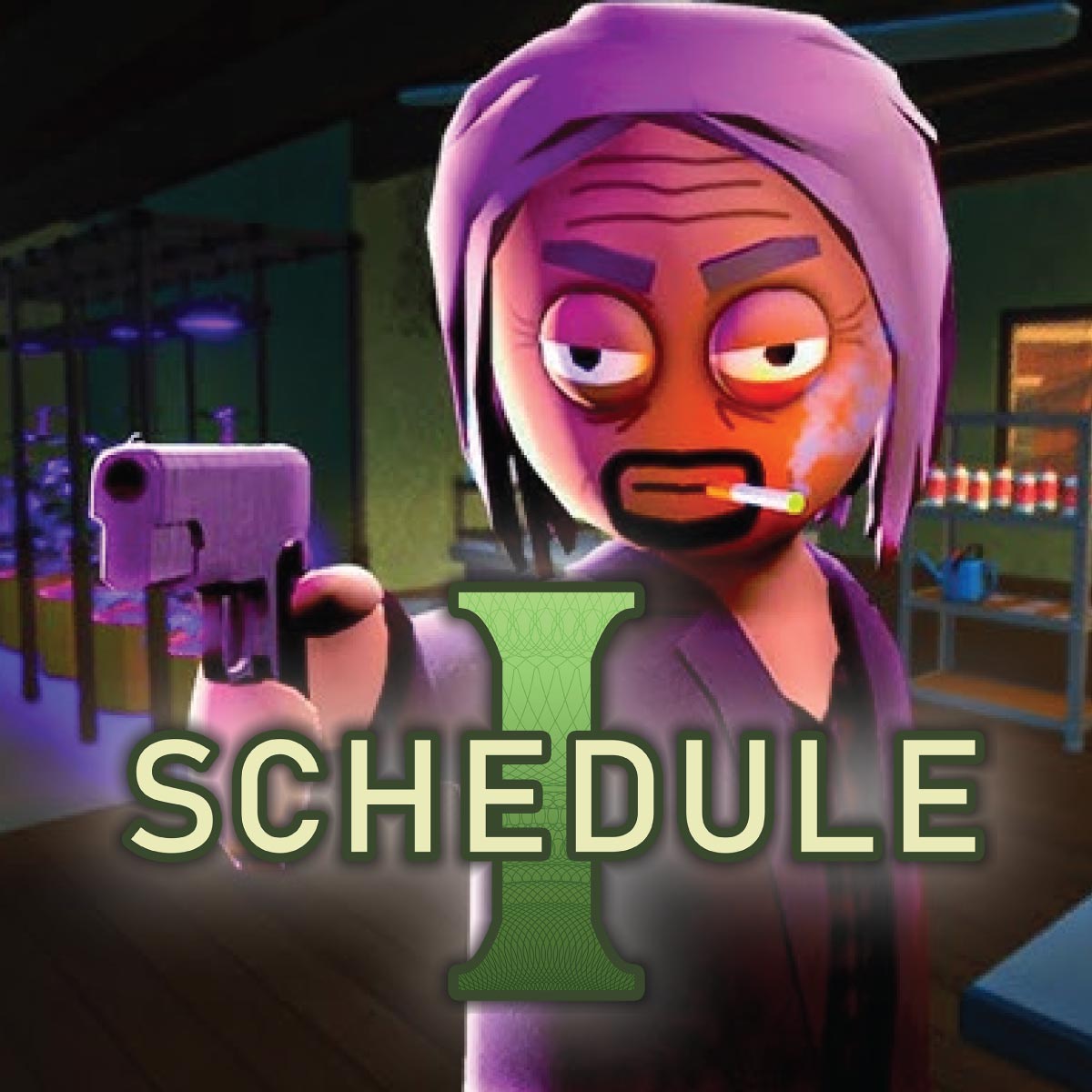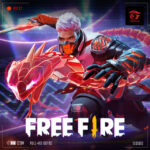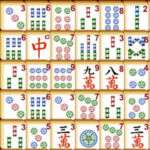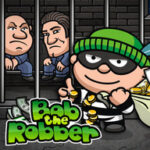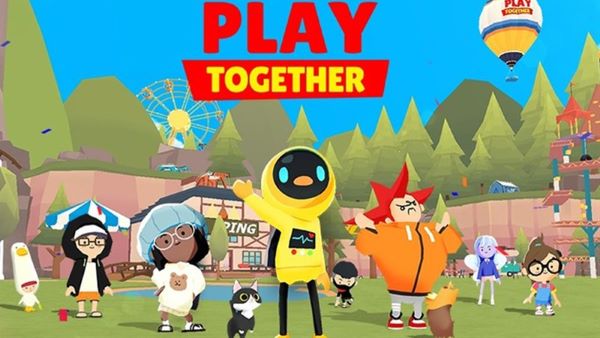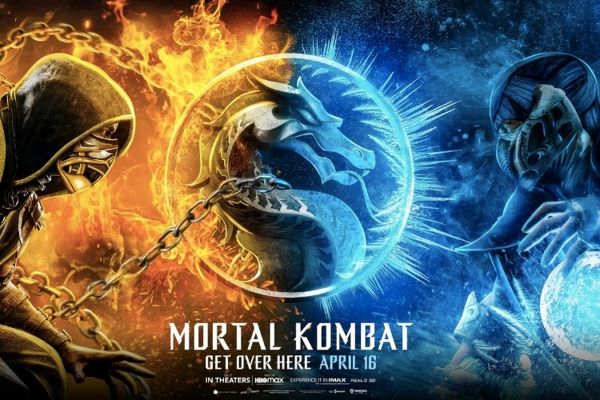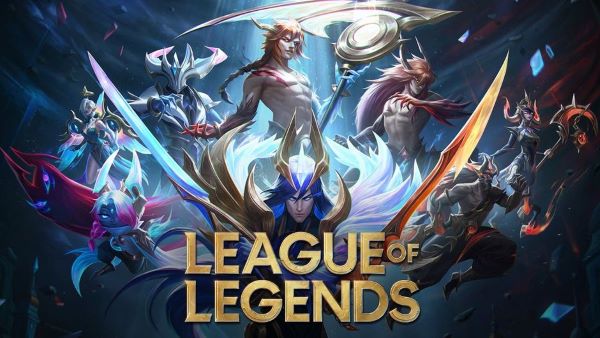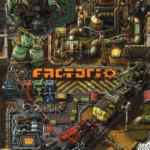Schedule 1 is an intense and atmospheric retro-futuristic shooter that blends fast-paced gunplay with cyberpunk aesthetics and dystopian storytelling. Developed by Pill Bug Interactive, the game throws players into a gritty world ruled by synthetic law and collapsing order. Inspired by old-school arena shooters and infused with modern sensibilities, Schedule 1 captures the feeling of disorientation, rebellion, and momentum. The game mixes brutal difficulty, surreal level design, and pulse-pounding music to create an experience that is both nostalgic and entirely fresh.
At its core, Schedule 1 is about velocity and violence. It does not hold your hand. You are dropped into a broken system filled with hostile programs, corrupted environments, and cryptic messages. Your only goal is to fight, survive, and decode what went wrong in the virtual infrastructure of a decaying digital world. It is a chaotic ballet of movement, momentum, and discovery.
1. Entering the Grid – A Jarring Awakening
You begin with a system boot error. There's no cutscene, no tutorial, no exposition. Just a glitchy message and a prompt to act. The world is already falling apart when you arrive. Neon corridors stretch into nowhere. Enemies swarm without warning. You are a program, or perhaps a person pretending to be one, thrown into an environment that feels synthetic and sentient.
This design philosophy defines Schedule 1. The game does not tell you what it is. It expects you to learn through failure. Its first moments are disorienting but exciting, introducing fast movement, weapon swapping, and aggressive enemies within seconds. It feels like stepping into a digital fever dream.
2. Movement and Speed – Mastery Through Motion
Schedule 1 rewards players who move fast and react faster. It adopts a movement-first philosophy where strafing, sliding, jumping, and wall-running are not optional skills but core survival techniques. The fluidity of motion recalls games like Quake, Titanfall, and Ultrakill, but with a more chaotic energy.
Momentum is everything. You build speed over time. Stopping is dangerous. Moving forward is often your only hope. Mastering the maps and chaining your movement between combat arenas is crucial. Success means making split-second decisions in tight spaces with dozens of enemies.
3. Combat and Weapons – Loud, Lethal, and Varied
The weapons in Schedule 1 are loud, brutal, and stylized. From shotguns that shake the room to lasers that cut through reality, each weapon has a satisfying punch and a tactical purpose. Ammo is limited, reloads are quick, and switching weapons mid-air is encouraged.
Enemies come in waves and types. Some explode. Others teleport. Some corrupt the environment. Combat is never just shooting. It is a rhythmic pattern of targeting, dodging, reloading, and adapting. Some enemies force vertical fights. Others swarm from corners. The game keeps players guessing and forces aggressive problem-solving.
4. Level Design – Digital Brutalism
Levels in Schedule 1 are inspired by early 2000s cyberspace aesthetics, with angular geometry, broken polygons, and glowing infrastructure. It feels like you are fighting inside a corrupted simulation or decaying OS. Maps are not realistic—they are symbolic, procedural, and abstract.
Each level introduces new mechanics or enemy types. Some tilt sideways mid-fight. Others spawn walls behind you to force forward momentum. Platforming challenges are common, often requiring players to use mobility tools or time their movements with rhythm-based traps. The environments become increasingly hostile and beautiful.
5. Style and Sound – Synth Violence and Visual Noise
Schedule 1 is loud in the best way. Its synth-heavy soundtrack pulses beneath every battle. Tracks shift from industrial noise to retro-funk to ambient dread depending on the situation. The visuals are glitchy, saturated, and constantly moving. The UI flickers. Enemies burst into pixels. The whole game feels like it is barely held together.
This aesthetic is intentional. It mimics the idea of playing a dying program or lost simulation. Nothing is stable. Text pops in and out. Colors shift erratically. This visual and audio noise adds to the intensity and immersion, making every moment feel unstable and urgent.
6. Storytelling and Lore – Told in Fragments
Schedule 1 does not follow a traditional narrative. There is no main character, no clear antagonist, and no beginning-middle-end structure. Instead, the story unfolds through data fragments, glitch messages, enemy behavior, and level design. Players must infer the lore and piece together what Schedule 1 is, what it was meant to be, and why it is broken.
7. Difficulty and Death – Designed to Hurt
Schedule 1 is hard. Very hard. It is built for players who enjoy challenge and experimentation. You will die often. Sometimes unfairly. Sometimes stupidly. But the game’s checkpoint system is generous, and loading is instant. Each death teaches you something. Each restart builds muscle memory.
Enemies are aggressive and unpredictable. Bosses are brutal and bizarre. Mistakes are punished quickly. But victory is euphoric. The difficulty curve is sharp but fair. You’re not meant to breeze through. You’re meant to fight for every pixel of progress.
8. Replayability and Player Choice
Each level in Schedule 1 encourages replay through speedruns, alternate paths, secret collectibles, and hidden lore terminals. There are also modifiers unlocked over time that let players customize their experience—changing enemy types, visual effects, or physics. Some modifiers make the game harder. Others just make it weird.
High-skill players can master routes for leaderboard times. Others might explore every inch for lore. The game allows both. There’s no wrong way to play. Just faster, slower, deeper, or louder.
9. Community and Development Support
Though niche, Schedule 1 has built a loyal community around speedrunning, theorycrafting, and modding. The developer regularly updates the game with performance improvements, balance tweaks, and occasional new content. A level editor is in development, and full Steam Workshop integration is on the roadmap.
The game has also inspired a wave of fan art, music remixes, and lore analysis. Its abstract design leaves room for interpretation, which makes it perfect for players who love digging deep and sharing theories.
10. Final Thoughts – An Indie Gem with Sharp Teeth
Schedule 1 is not for everyone. It is abrasive, fast, strange, and overwhelming. But for players who love movement shooters, cryptic stories, and cyberpunk atmospheres, it is a must-play. It feels like a lost artifact from an alternate timeline where 90s shooters evolved into digital nightmares instead of realistic war simulators.
It is a tribute to chaos, rhythm, and rebellion. Whether you play it for five minutes or fifty hours, Schedule 1 leaves an impression. It is punk rock in code. And it does not care if you understand it—it just wants you to feel it.
Final Rating: 4.7 out of 5
Schedule 1 is not a shooter. It is a cyberpunk survival ritual set to music. And if you can handle the speed, it will stay in your head long after you disconnect.
